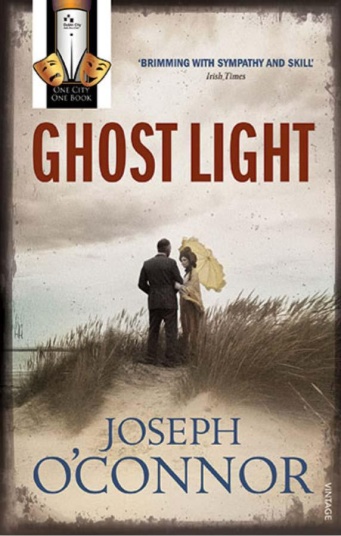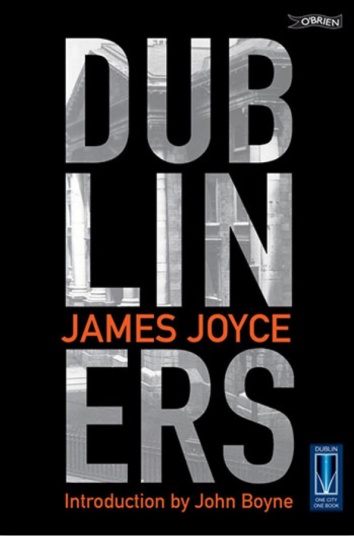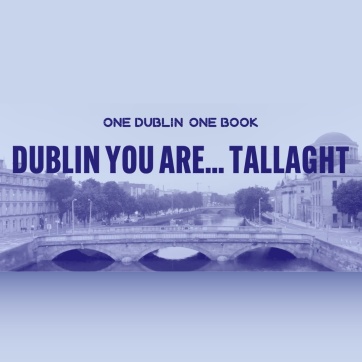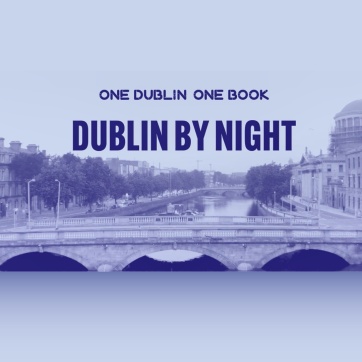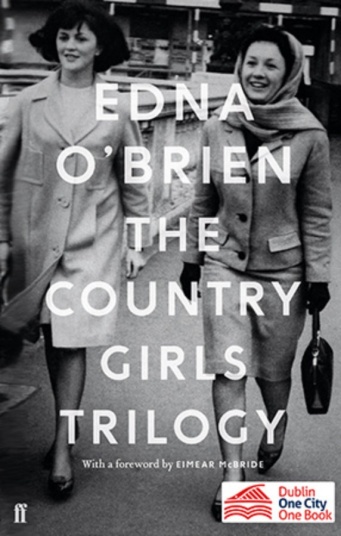
Maria Edgeworth
1767 – 1849
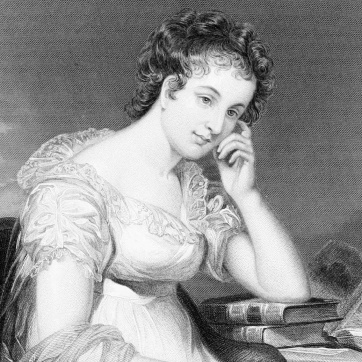
Maria Edgeworth was born on 1 January 1767 at Black Bourton Manor, Oxfordshire, England – the second eldest of Richard Lovell Edgeworth’s twenty-two surviving children. She initially lived in England with her mother’s family, but in 1773 moved to her father’s estate in Edgeworthstown in County Longford, Ireland, following her mother’s death and her father’s second of four marriages. Maria would return to England in 1775 to attend boarding school – where she developed an interest in letters and writing – and remained there until she was 14.
Upon her return to Edgeworthstown, she was further tutored by her father in topics such as law, economics, politics, science, history and literature, and began to assist him in managing the Edgeworthstown estate. Her education was supplemented by her frequent correspondence with members of the Lunar Society of Birmingham, a learned society attended by many prominent figures in the Midlands Enlightenment. Maria’s writing began as an academic collaboration with her father that involved creating a series of educational books for children including The Parent’s Assistant (1796), Practical Education (1798) and Early Lessons (1801).
Edgeworth’s first novel, Castle Rackrent (1800) – a satire of Anglo-Irish landlords and the seminal example of a ‘regional novel’ – was published anonymously without her father’s knowledge and quickly established her popular appeal.
She drew upon her keen observations of daily Irish life from her large family, the servants and tenants in Edgeworthstown, and her later works; Belinda (1801), Essay on Irish Bulls (1802), Ennui (1809), The Absentee (1812), Patronage (1814) and Ormond (1817) all outline a clear political history of the time. Edgeworth’s final novel, Helen (1834), was the only one written after her father’s death, and as such, like Castle Rackrent, it was free of her father’s moralistic supervision and editing.
In 1842, she became the fourth woman – and the first ever Irish woman – to be elected an honorary member of the Royal Irish Academy. She died on 22 May 1849 a short time after returning from a drive with a pain around her heart. By the time of her death, she was considered one of England’s preeminent female writers, and her works were admired by the likes of Jane Austen, King George III and Queen Victoria.

